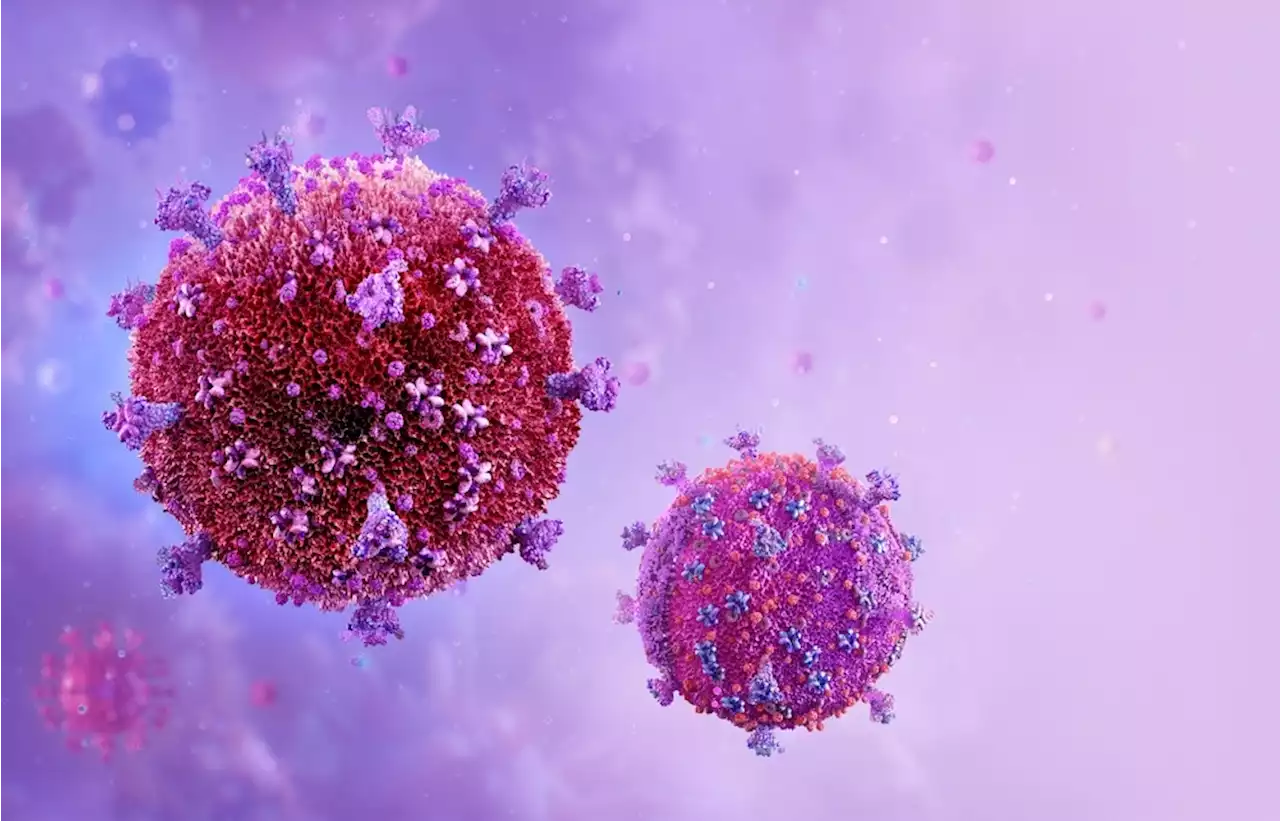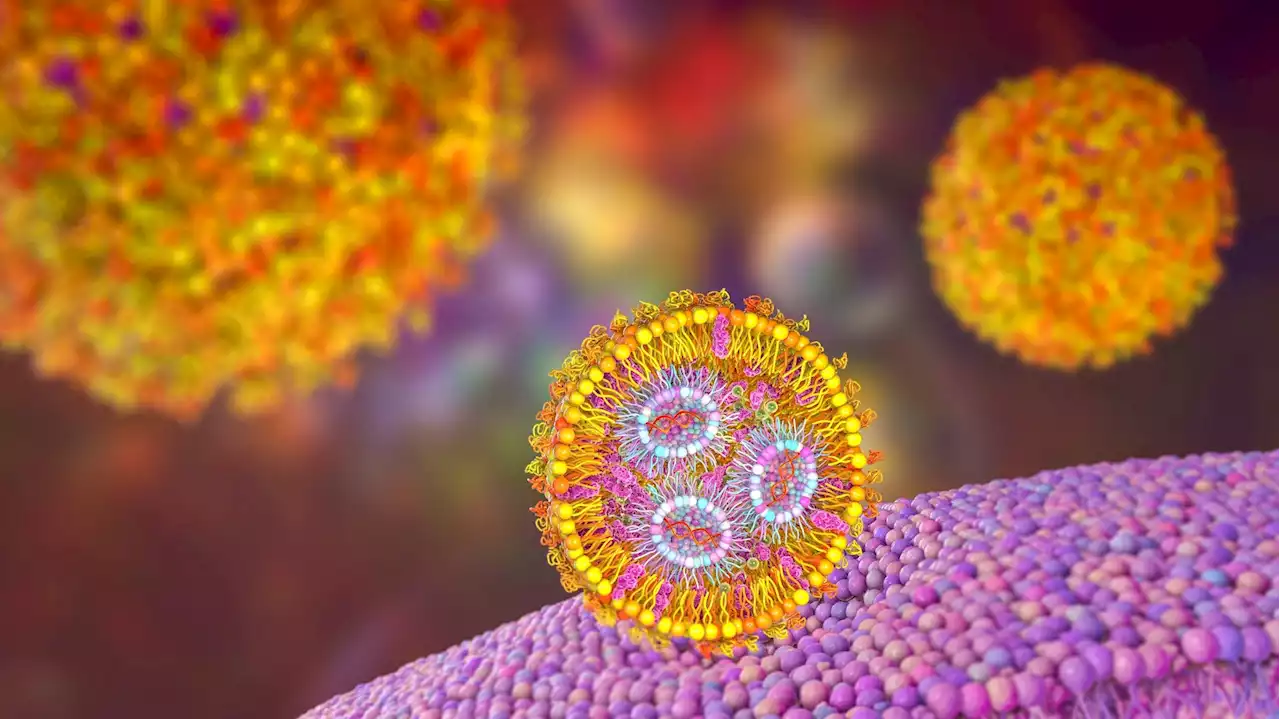Study suggests the behavior of an emergent SARS-CoV-2 variant may be sensitive to the immunologic and demographic context of its location biorxivpreprint LosAlamosNatLab SARSCoV2 COVID19 coronavirus covid immunologic
By Tarun Sai LomteNov 23 2022Reviewed by Danielle Ellis, B.Sc. In a recent study posted to bioRxiv*, researchers characterized the heterogeneity in the speed, magnitude, and timing of 13 severe acute respiratory syndrome coronavirus 2 variant transitions/waves.
About the study In the present study, researchers tested the specified hypothesis and characterized the differences in the global timing, magnitude, and speed of variant transitions. They performed a retrospective analysis of genome sequences of SARS-CoV-2 submitted to the Global Initiative on Sharing All Influenza Data database between October 2020 and October 2022.
The primary analysis did not consider emergent Omicron Pango lineage groupings due to insufficient data. In a sub-analysis of special emergent variants, the researchers characterized existing data for SARS-CoV-2 Omicron BA.2.75, BQ.1, and XBB/XBB.1 variants. A hierarchical clustering analysis was performed to characterize the location similarities across Omicron waves for 155 locations only.
The Alpha variant had a small and slow transition in South America and South Africa due to variant competition. The Omicron BA.1.1 variant attained a strong presence in the Americas. Contrastingly, there was little heterogeneity in the prevalence and transition speeds for SARS-CoV-2 Delta, which exhibited a complete and rapid transition in most locations.
There was a significant association between a higher number of co-circulating variants and lower transition speeds for many SARS-CoV-2 variants, including the Epsilon, Gamma, Delta, and Omicron variants. Higher vaccination rates were associated with slower and later global spread of variants before the Delta and Mu variants emerged. However, there was a weak association between vaccination rates and speed/timing of transitions for the Omicron variant.
Danmark Seneste Nyt, Danmark Overskrifter
Similar News:Du kan også læse nyheder, der ligner denne, som vi har indsamlet fra andre nyhedskilder.
 The biological properties of the SARS-CoV-2 E protein in the context of HIV-1The biological properties of the SARS-CoV-2 E protein in the context of HIV-1 UnivOfKansas KUMedCenter SARSCoV2 COVID19 coronavirus covid HIV
The biological properties of the SARS-CoV-2 E protein in the context of HIV-1The biological properties of the SARS-CoV-2 E protein in the context of HIV-1 UnivOfKansas KUMedCenter SARSCoV2 COVID19 coronavirus covid HIV
Læs mere »
 New York sewer rats are easily infected by SARS-CoV-2, according to new studyNew York sewer rats are easily infected by SARS-CoV-2, according to new study biorxivpreprint Mizzou NewYork USA Rats Infection SARSCoV2 Variant COVID19
New York sewer rats are easily infected by SARS-CoV-2, according to new studyNew York sewer rats are easily infected by SARS-CoV-2, according to new study biorxivpreprint Mizzou NewYork USA Rats Infection SARSCoV2 Variant COVID19
Læs mere »
 Males exposed to COVID-19 in utero may be at elevated risk of neurodevelopmental disordersMales exposed to COVID-19 in utero may be at elevated risk of neurodevelopmental disorders medrxivpreprint MassGeneralNews COVID19 SARSCoV2 Neurodevelopment NeurodevelopmentalDisorders
Males exposed to COVID-19 in utero may be at elevated risk of neurodevelopmental disordersMales exposed to COVID-19 in utero may be at elevated risk of neurodevelopmental disorders medrxivpreprint MassGeneralNews COVID19 SARSCoV2 Neurodevelopment NeurodevelopmentalDisorders
Læs mere »
 What is the association between particulate matter exposure and SARS-CoV-2 infections?In a new study, researchers assessed the association between particulate matter ≤2.5mm (PM2.5) exposure and SARS-CoV-2 infection and severity outcomes such as hospitalizations and deaths.
What is the association between particulate matter exposure and SARS-CoV-2 infections?In a new study, researchers assessed the association between particulate matter ≤2.5mm (PM2.5) exposure and SARS-CoV-2 infection and severity outcomes such as hospitalizations and deaths.
Læs mere »
 SARS-CoV-2 seroprevalence in domestic cats has increased over timeSARS-CoV-2 seroprevalence in domestic cats has increased over time biorxivpreprint UofGlasgow SARSCoV2 COVID19 DomesticCats Seroprevalence
SARS-CoV-2 seroprevalence in domestic cats has increased over timeSARS-CoV-2 seroprevalence in domestic cats has increased over time biorxivpreprint UofGlasgow SARSCoV2 COVID19 DomesticCats Seroprevalence
Læs mere »
 Potent hypervalent nanoparticles against HIV, Lassa and SARS-CoV-2 variantsIn a recent study published in the journal Advanced Science, researchers developed molecularly imprinted nanoparticles (nanoMIPs) with broad-spectrum activity against lethal viruses.
Potent hypervalent nanoparticles against HIV, Lassa and SARS-CoV-2 variantsIn a recent study published in the journal Advanced Science, researchers developed molecularly imprinted nanoparticles (nanoMIPs) with broad-spectrum activity against lethal viruses.
Læs mere »
